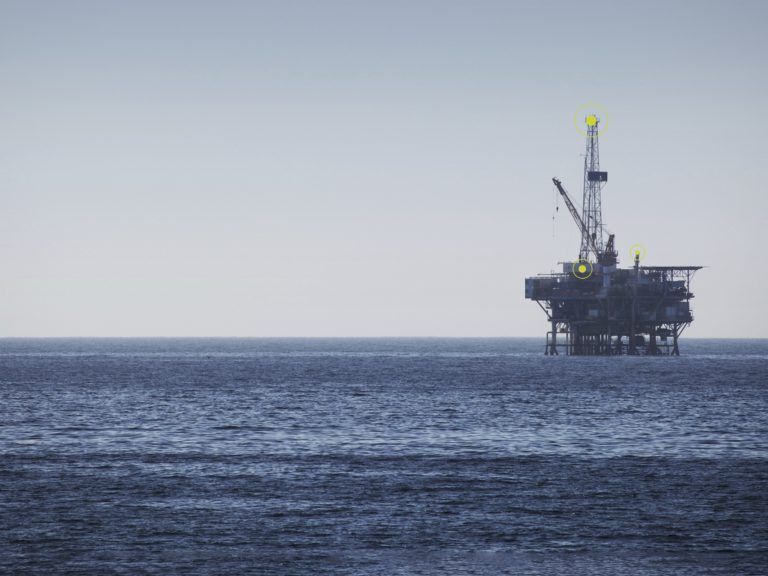
Consortium tackles major North Sea NDT challenge
- This project was covered in Energy Voice and various trade publications in September 2017
In partnership with TRAC Oil & Gas and the University of Strathclyde, CENSIS has set out to tackle one of the most enduring challenges in the North Sea: the non-destructive testing (NDT) of corroded pipes under insulation and engineered temporary pipe wraps.
The project will methodically audit the tools, capabilities, and approaches currently used by industry to look at the steel surfaces of assets; often obstructed by layers of material.
While there are a number of NDT technologies on the market, many are ineffective when used on pipes that are protected by insulation. They tend to average out wall thickness where corrosion “scabs” have formed, failing to pinpoint specific areas of vulnerability.
Taking and interpreting these readings is further complicated by the varying dimensions, materials, locations, and accessibility of different oil and gas assets. While insulation can be removed, it requires significantly more time in challenging conditions, making the task more dangerous to the technician undertaking the inspection, and ultimately more expensive to the company.
After assessing the limits of what is available, the consortium will then explore how improvements can be made, including the development of new techniques for accurately identifying and measuring areas of corrosion. The first phase of the project is a feasibility study, the results of which will be shared with wider industry and its stakeholders, including the Health and Safety Executive.
Bill Brown, Technical Manager at TRAC Oil & Gas, said: “Inspection is becoming more important as the UKCS continues to mature – estimates suggest that a high proportion of assets are approaching or, indeed, have exceeded their original design life. We’re at the point now where, against the backdrop of a sustained low oil price, if a platform has to shut down for maintenance, it may never start producing again. We, therefore, need as much accurate data as possible to make informed decisions.
“By taking regular readings on an asset’s condition, we can determine whether they are fit for purpose and operations can keep oil flowing, all within as safe an environment as possible. To do this effectively, we need to take stock of all the technology available, verifying its capabilities and limitations. From there, we’ll be able to look at potential new methods for inspecting the integrity of assets, using non-destructive techniques.”
Dr Gordon Dobie, University of Strathclyde’s Department of Electronic & Electrical Engineering added: “Decades of oil, gas, water, and chemicals passing through pipes has taken its toll on a range of assets, requiring regular inspection and increasing the importance of the data we get back from tests. Despite a greater need than ever before for accurate inspection and condition monitoring technologies, minimal funding is available for maintenance of infrastructure.
“Working with TRAC’s team, we’re examining what companies currently do to measure wall thickness, repeating it in the lab on specimens, and trying to develop a standardised approach to getting more accurate information from NDT. We’re validating what the instrumentation is saying about the thickness of walls with a view to filling a real and significant gap in the technology already available.”
CENSIS brokered the relationship between TRAC and the University of Strathclyde, and will provide project management support as the initiative progresses.
Rachael Wakefield, Business Development Manager at CENSIS, commented: “Being able to accurately analyse corrosion under insulation is the holy grail of NDT. We’ve already learned a great deal from working with TRAC about the technical and economic challenges facing the industry. This project demonstrates that there’s a real opportunity for oil and gas companies to enhance their offering and tackle some of the biggest problems facing the industry – not only in the North Sea, but across the globe.”